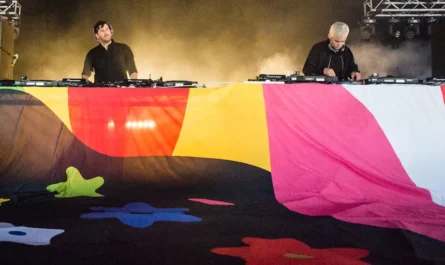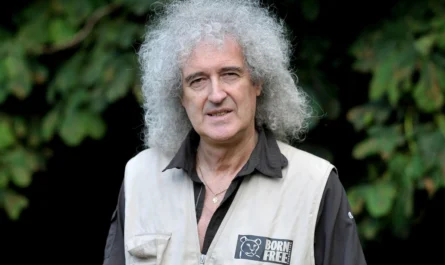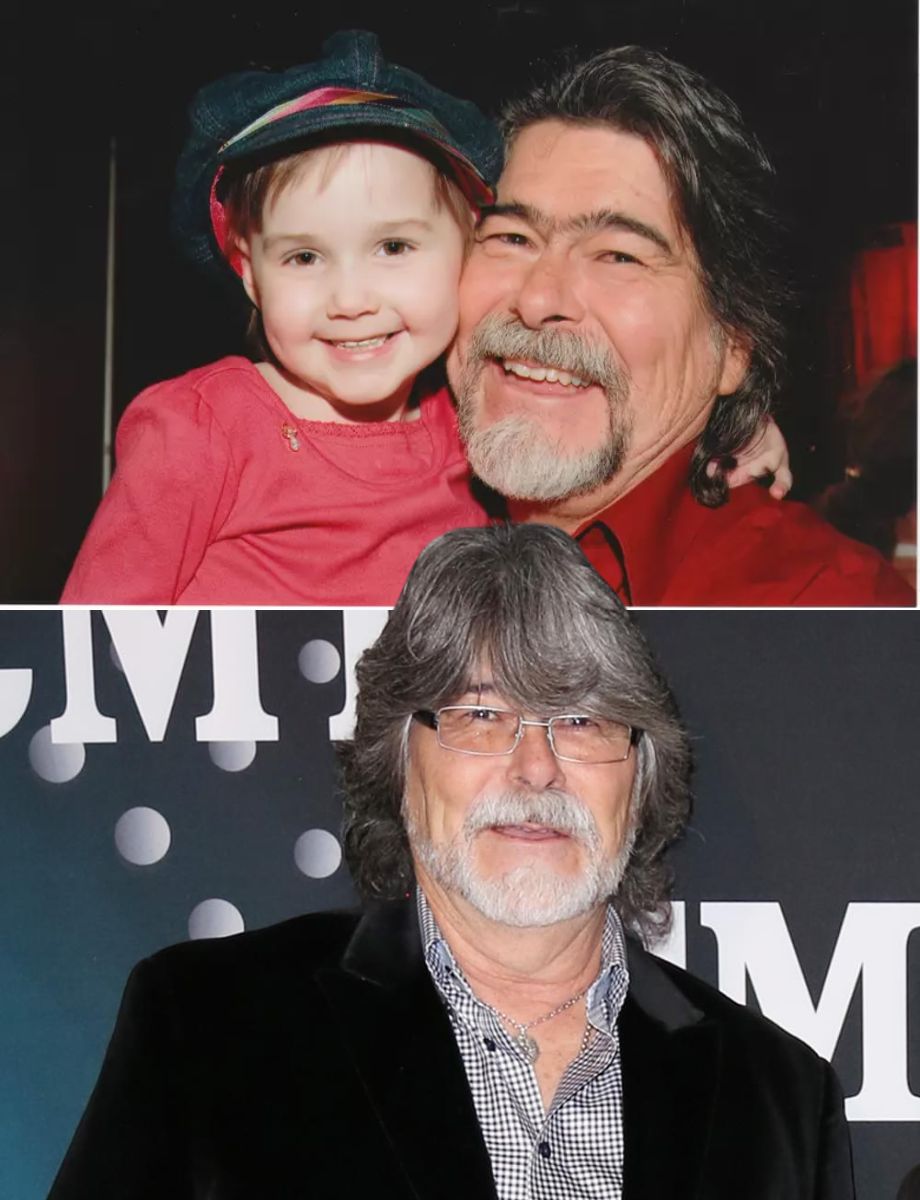There is a long history of large companies not understanding the cultural import of their own art archives, not to mention the potential financial value of those collections.
Countless silent films from the 1910s and 1920s were tossed into bins by studios that saw them as literally disposable entertainment. Similarly, in the 1960s and 1970s, the BBC saved money by reusing the master tapes of programmes like Doctor Who and The Avengers, some episodes of which remain lost in their original forms.
The attitude was often no different in the music business, as evidenced by the fact that the famous jazz label Impulse!, owned by the ABC corporation, elected to toss out loads of recordings from its vault in the early 1970s, keeping only the master tapes of records that had been officially released already. It’s hard to imagine how many gems from the golden age of bebop and freestyle jazz might have been sacrificed in that disastrous bit of spring cleaning, but one that was long considered among them was a session by the John Coltrane Quartet, recorded in New Jersey on March 6th, 1963.
A studio log book found in 1978 confirmed the sessions had occurred, and one track from the sessions, a recording of ‘Villa’, was known to have been released on a 1965 Impulse promotional sampler. With no other surviving evidence of their existence, however, it was presumed for decades that this potentially fascinating time capsule of Coltrane at a transitional point in his career had been lost forever, ignorantly trashed or else stuffed away in some warehouse like the last scene in Raiders of the Lost Ark.
Then, in 2005, there was an unexpected new development. A stack of beat-up old reel-to-reel tapes, which had been passed down from Coltrane to his stepdaughter Antonia Andrews, revealed that the mythical session from March 1963 had also been recorded in mono for Coltrane’s own personal use. The original masters were still lost, but this alternate version offered up a new Holy Grail.
Unfortunately, it would take another dozen years for the Coltrane family to work out a deal with Impulse over the label’s rights to the tapes, but when the “lost Coltrane album” was finally released in 2018, it caused an unsurprising sensation among Coltrane fans, as the record included genuinely never-before-heard material, not just different versions of well-known compositions.
Coltrane’s son Ravi Coltrane, a saxophonist in his own right and a contributor to the work done preparing the lost tapes, later told the New York Times that the record gives the listeners “a sense of John [Coltrane] with one foot in the past and one foot headed toward his future.”
The first “new” John Coltrane album in decades was titled Both Directions at Once, a reference to something Coltrane once said to fellow musician Wayne Shorter about his approach to music, comparing his process to “starting a sentence in the middle, and then going to the beginning and the end of it at the same time… both directions at once.”
Recorded at Rudy Van Gelder’s famed studio with McCoy Tyner at the keys, Jimmy Garrison on bass, and Elvin Jones on the drums, Both Directions at Once may have been the quartet’s attempt to capture a studio version of the live show they were playing that week in 1963 at New York’s Birdland club. It was a unique moment in time, coming just months after some more traditional sessions with the great Duke Ellington, and a year before the release of the legendary A Love Supreme and Coltrane’s gradual move toward more avant-garde, freestyle jazz.
As an unexpected new insight into one of the all-time greats, the record was perfectly described in 2018 by Coltrane’s fellow saxophonist Sonny Rollins as equivalent to “finding a new room in the Great Pyramid.”
Both Directions at Once: The Lost Album reached number 21 on the US Billboard and number 15 in the UK charts upon its long-awaited release; evidence that jazz isn’t dead in the 21st century… at least not the 20th century version of it.





